Our Heritage
Before 1952

Image Courtesy of National Archives of Singapore
1871
Corruption thrived in Singapore during the colonial period as it was perceived that corrupt offenders were unlikely to be detected and punished. In 1871, corruption was made illegal. However, nothing concrete was done.
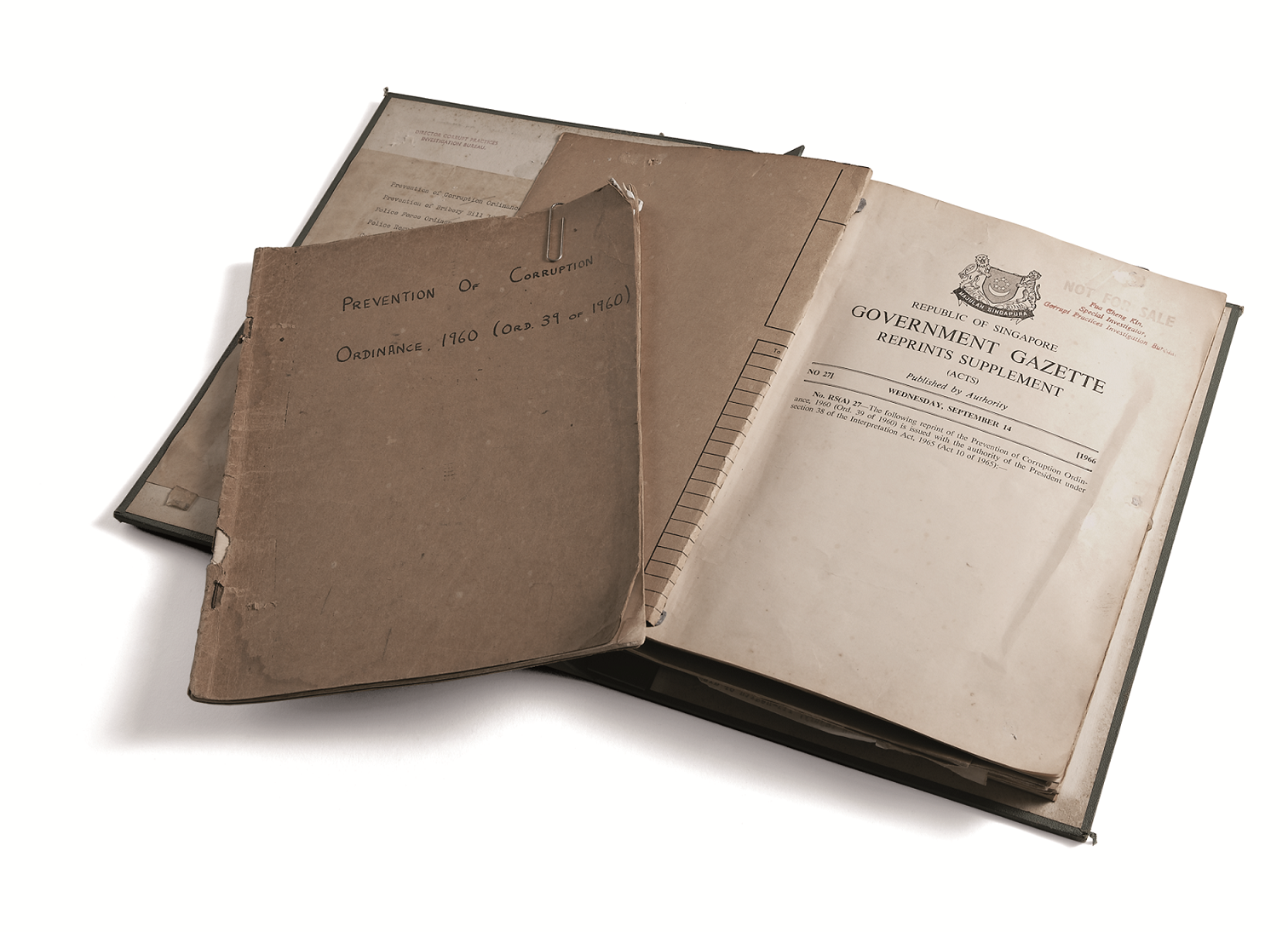
1937
In December 1937, the first anti-corruption legislation was introduced with the enactment of the Prevention of Corruption Ordinance (POCO). The rationale for POCO was ‘the prevention of bribery and secret commissions in public and private business’. However, the British colonial government failed to curb corruption as POCO and the Anti-Corruption Branch (ACB) under the Criminal Investigation Department (CID) were relatively ineffective. The POCO specified only three instances of corrupt behaviour and was a short document of 12 sections that were limited in scope. Moreover, corruption under the POCO was a non-seizable offence. Limited powers of investigation afforded by the POCO to investigation officers stifled their ability to effectively tackle corruption.

1946
The Prevention of Corruption Ordinance (POCO) was revised in 1946, making corrupt offences seizable, and giving police officers much wider powers of arrest, search and investigation to combat corruption. Nonetheless, the revised legislation could not make up for the fact that the Anti-Corruption Branch (ACB) remained largely ineffective. The ACB’s responsibility to combat corruption was hampered by its limited manpower. Moreover, the ACB had to contend with other branches of the Criminal Investigation Department (CID) for resources. The principal reason for ACB’s inadequacies was its inability to curtail the prevalence of police corruption in colonial Singapore.

1951
In October 1951, a consignment of 1,800 pounds of opium worth $400,000
was hijacked at Punggol Beach and the robbers included three police detectives.
A special team headed by officers of the Anti-Corruption Branch (ACB) was
appointed to investigate the case. Although some senior police officers
were found to be involved in the hijacking, only one Assistant Superintendent
was dismissed and another officer was retired. Due to ACB’s inability to
garner sufficient evidence, the remaining officers were neither prosecuted
nor convicted. As a result, in April 1952, the government brought together
a Special Investigations Team comprising R Middleton-Smith, RB Corridon
from Special Branch, Assistant Superintendent of Police (ASP) BM Finch
from the Courts and later Acting ASP Ho Kah Soon, also from Special Branch,
to review the deficiencies in the ACB’s investigation of the opium heist.
1952 - 1959
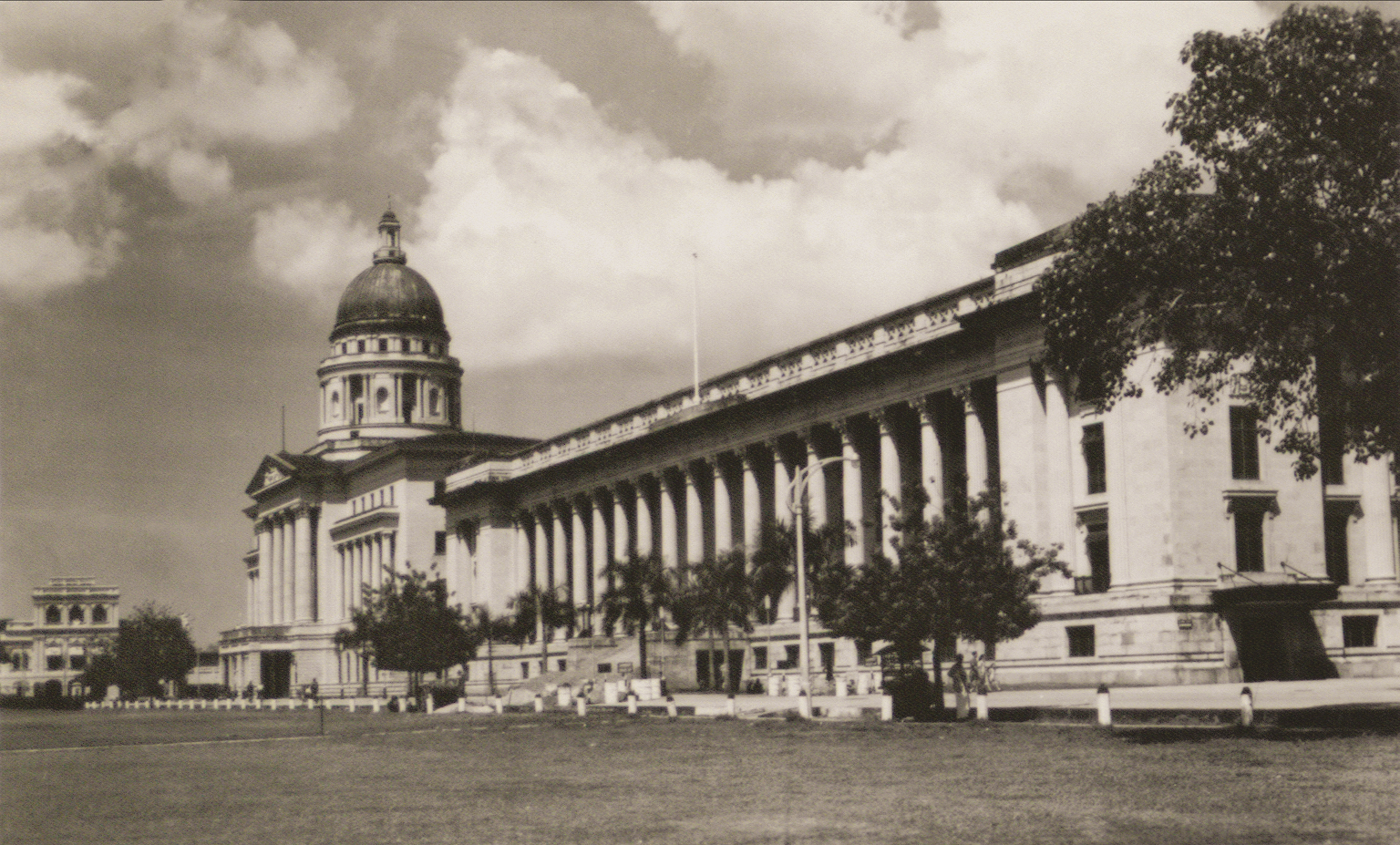
Bels Collection, Image Courtesy of National Archives of Singapore
1952
The Anti-Corruption Branch’s (ACB) failure to curb corruption appalled the colonial government and subsequently led to the ACB’s demise. The colonial government decided to retain the Special Investigations Team, resulting in the inception of the Corrupt Practices Investigation Bureau in September 1952 which came under the purview of the Attorney-General. Middleton-Smith assumed the position of Director of CPIB and he reported directly to the Colonial Secretary. The CPIB was a lean outfit of 13 officers as of October 1952, and its investigation officers were generally on short secondment to the Bureau. Then, the Bureau was located at the second-level of the Supreme Court Building at High Street. Middleton-Smith noted back then that the Bureau’s location at the Supreme Court would be of ‘psychological importance’ to the public, reinforcing the Bureau’s authority in the battle against corruption. Unfortunately, the officers’ short secondment and limited time and capacity to conduct thorough investigations undermined the effective operations of CPIB. There was also a social stigma of investigating fellow police officers. Thus, corruption, especially in its syndicated form amongst law enforcement officers, continued to thrive in the colonial society.

Ministry of Information and the Arts Collection, Image Courtesy of National Archives of Singapore
1959
The turning point came in 1959 when Singapore attained internal self-government. When founding Prime Minister Lee Kuan Yew led his People’s Action Party (PAP) to take oath of office in June 1959, they wore the party uniforms of white-on-white which symbolise the purity and the incorruptibility of its members. The PAP-led government was committed to putting an end to corrupt practices in Singapore. The government was set to toughen existing legislation and to revamp CPIB into an agency devoted entirely to the investigation of corrupt practices and preparation of evidence to be used for prosecution. That year, the CPIB was transferred to the Ministry of Home Affairs.
1960 - 1970
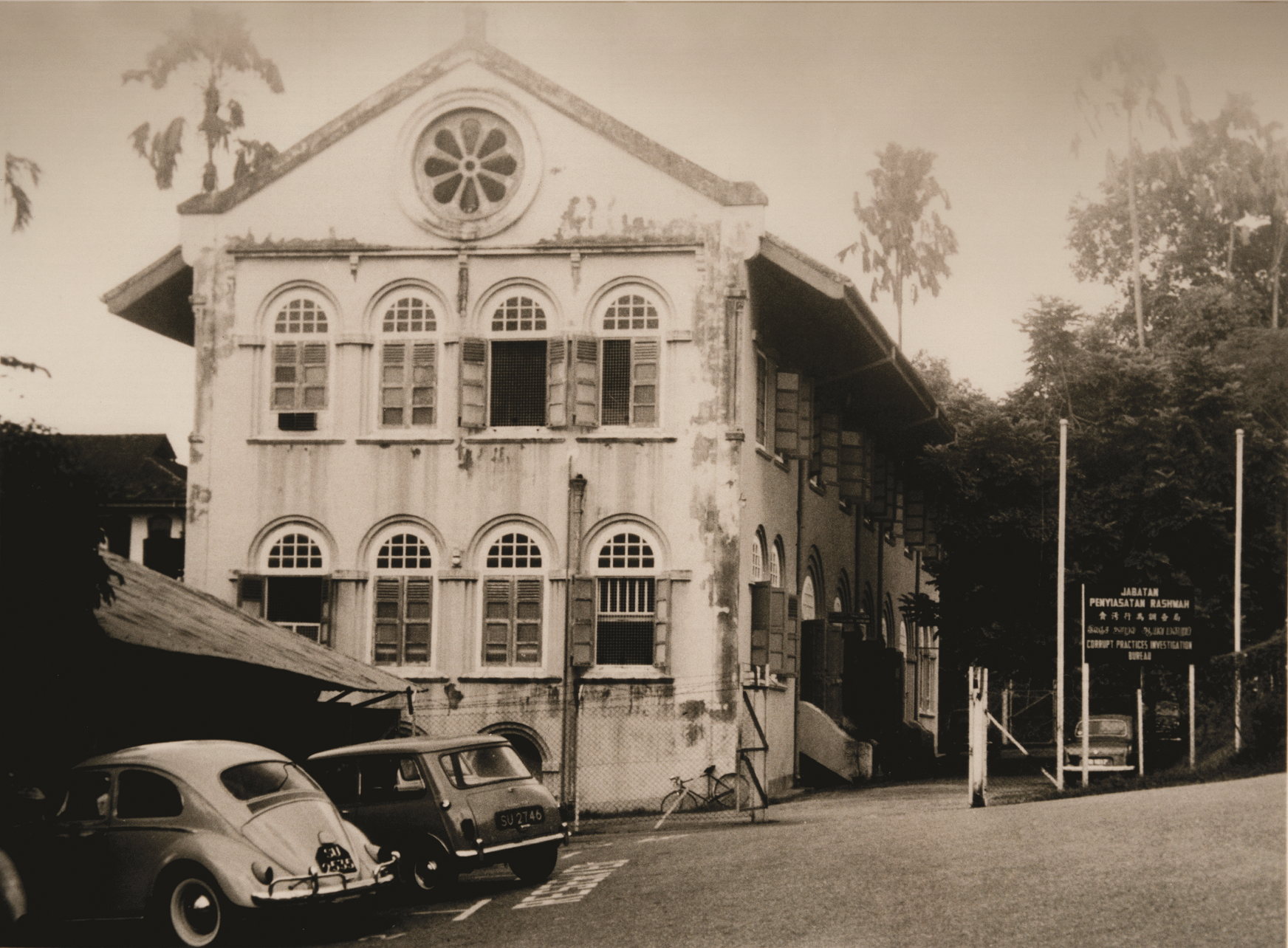
1960
CPIB was given its own office space in 1960, when it shifted to a 3-storey building at Stamford Road. This building was sited right next to the former National Library building and it remained CPIB's office for the next 24 years.

1963
In 1963, the Bureau was placed under the purview of the Prime Minister’s Office, but was later transferred to the Attorney-General’s Chamber in 1965. The CPIB returned to the Prime Minister’s Office in 1969 and has since remained under the PMO.
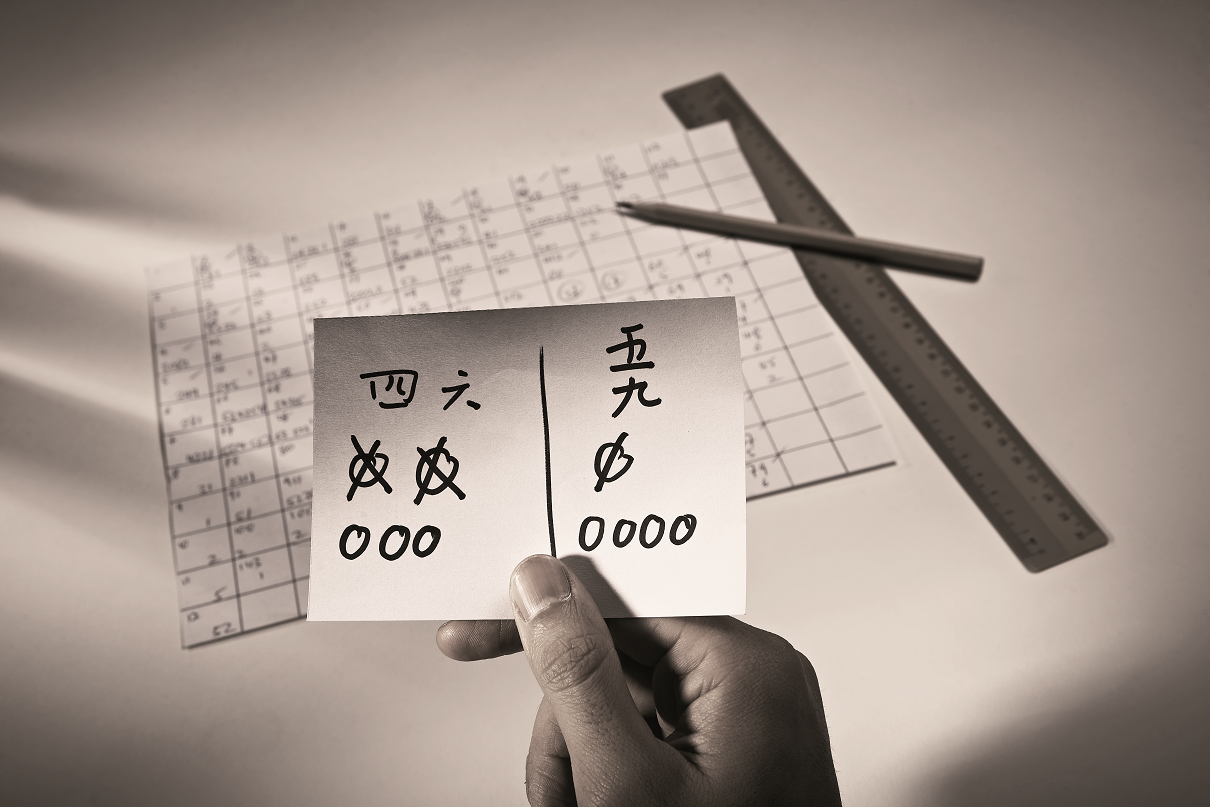
1968
Illegal gambling was ubiquitous in Singapore in the 1960s. Apart from the problem of gambling, some law enforcement officers received bribes in exchange for protection not just to gambling syndicates but also to brothels, opium dens and traffickers. In a bid to bring these corrupt officers to justice, the CPIB carried out a joint operation, known as Operation Chap Ji Kee, with the Criminal Investigation Department. The term Chap Ji Kee means ’12 units’ in Hokkien, and was a local lottery popular among housewives. There were three main chap ji kee syndicates and CPIB had in 1968 targeted to first take down the biggest one, called Siu Poh Shanghai Tai Tong. This operation remained as one of the major operations CPIB has carried out to date, seeing a total of 67 police officers being implicated.
1971 - 1980

Source: The Straits Times © Singapore Press Holdings Limited. Permission required for reproduction
1975
A shocking case rocked the nation. It involved a senior political figure, the then-Minister of State for Environment, Wee Toon Boon. He was charged with corruption involving a sum of over $800,000. Wee was convicted and sentenced to four years and six months in jail. Upon appeal, the convictions were upheld but the sentence was reduced to 18 months. Wee’s conviction had much symbolic significance for the public; as it underscored the Government’s political will in eradicating corruption and CPIB’s resolute in executing this political will in an impartial manner.
1981 - 1990
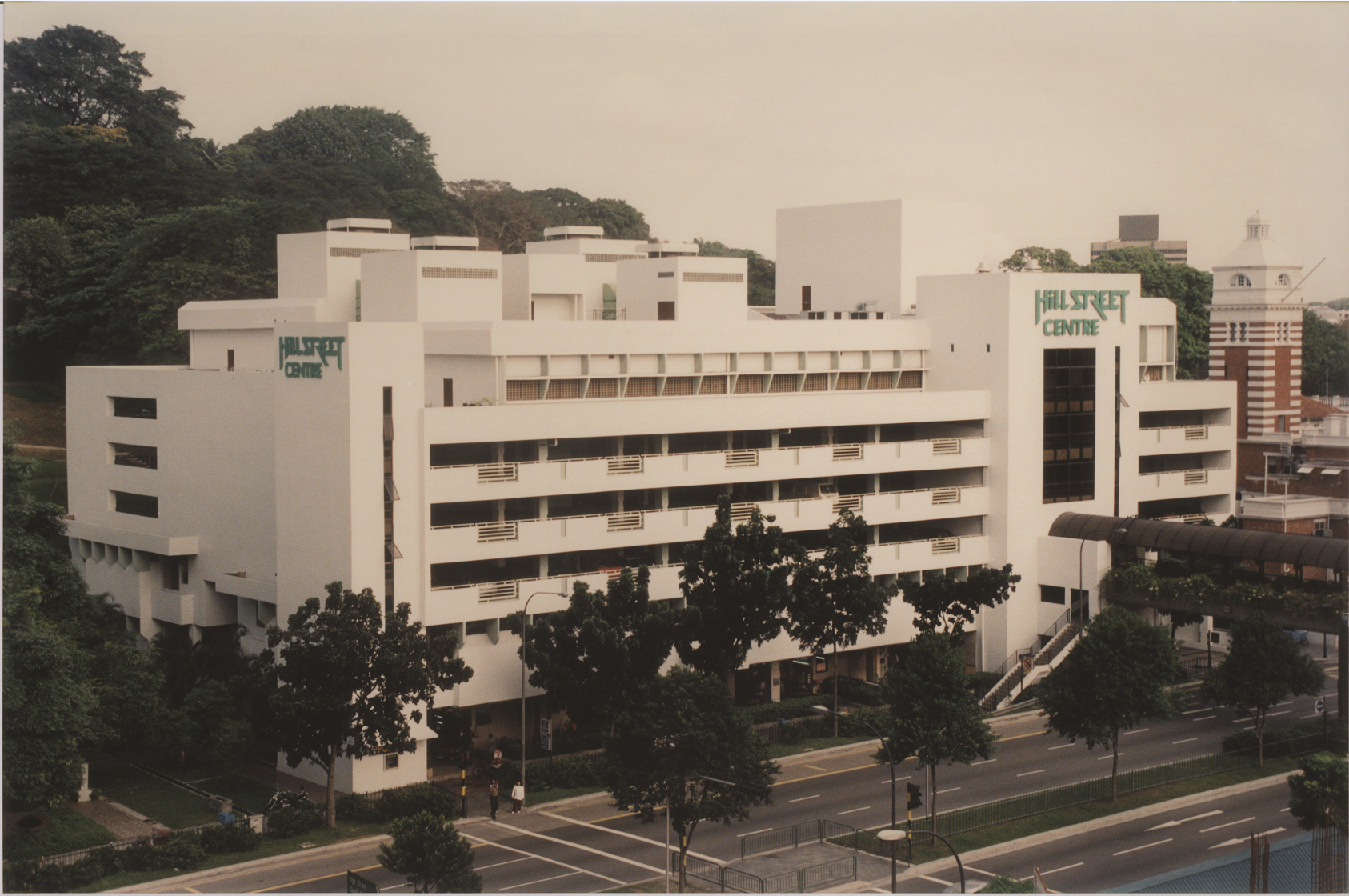
1984
On 6 August 1984, the Bureau moved to Hill Street. Despite the relatively low headcount during this period, CPIB managed well because of rigorous case management regimes that made officers work towards stretched performance norms. Few significant changes were also introduced which helped improve the Bureau’s operations.

1986
In late-1986, another shocking corruption case rocked the nation. This time, it involved then-Minister for National Development, Teh Cheang Wan where he was investigated for accepting bribes totalling $1 million from two private companies for helping them retain and buy over a piece of state land for private development. He committed suicide on 14 December 1986, before he could be formally charged in court. Teh left behind a letter addressed to then-Prime Minister Lee Kuan Yew expressing his remorse at what had happened and his view that he should “accept full responsibility” and “pay the highest price for his mistake”. Public interest in the case was high as it involved a public figure of ministerial rank, and the public was satisfied with CPIB’s impartiality. The CPIB’s formidable reputation has been enhanced through its thorough and fearless investigations against all corrupt offenders regardless of ranks and affiliations.

1989
A Complaints Evaluation Committee was set up in 1989 to evaluate complaints of alleged corruption received by the Bureau and to decide on follow-up actions. The committee is chaired by Director CPIB and comprises the Head of the investigation units. In the same year, a new Act, the Corruption (Confiscation of Benefits) Act was enacted. Under this legislation, the Government could seize benefits derived through corrupt means, thus depriving corrupt offenders of the proceeds of corruption. This Act was replaced by the Corruption, Drug Trafficking and Other Serious Crimes, (Confiscation of Benefits Act), Chapter 65(A) in 1999.
1991 - 2000
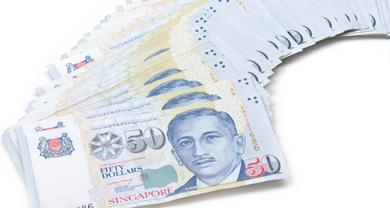
1994
That year, the CPIB investigated another high-profile case that created much conversation among the public. Then-Deputy Chief Executive (Operations) of the Public Utilities Board (PUB) Choy Hon Tim was investigated for criminal conspiracy and accepting bribes totalling around $13.85 million. He was charged and sentenced to prison for 14 years. To date, the total amount of bribes he had received remains the largest total amount of bribe monies involved in Singapore’s history. The CPIB proved itself once again to the people that no matter how influential or senior a person’s rank or position may be, corrupt offenders would be investigated and punished accordingly.
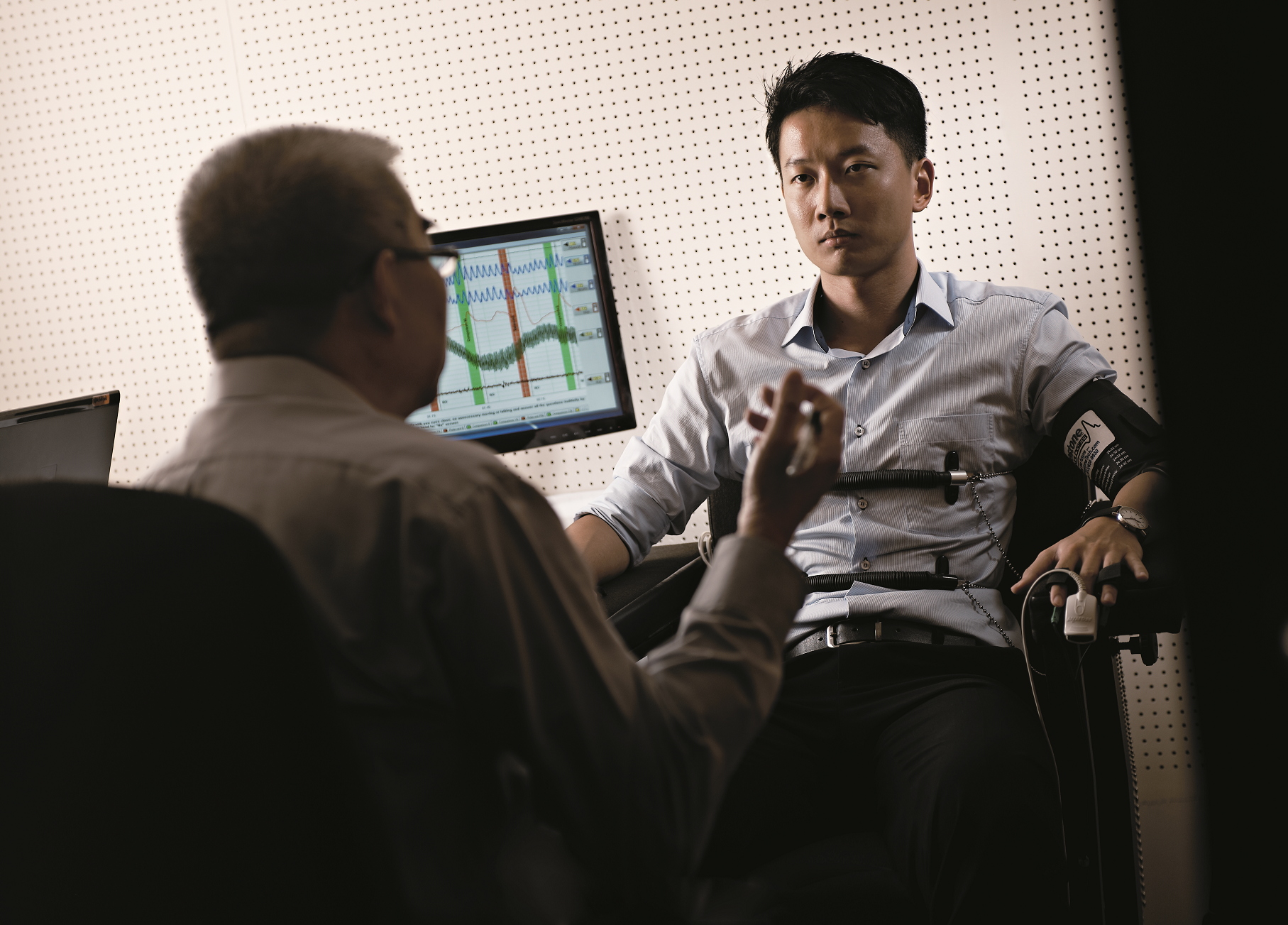
1995
Polygraph Testing was also introduced as an investigative tool in 1995. For instance, random polygraph testing (premised upon corruption-related questions) is administered on soccer players as a deterrence against match-fixing. From the late 1990s, Singapore began to attain international recognition for its incorruptibility and cleanliness. Since 1995, the Transparency International (TI) Corruption Perceptions Index has consistently ranked the Republic within the top 10 least corrupt countries in the world, and the least corrupt economic entity in Asia based on the Political & Economic Risk Consultancy (PERC) annual surveys.
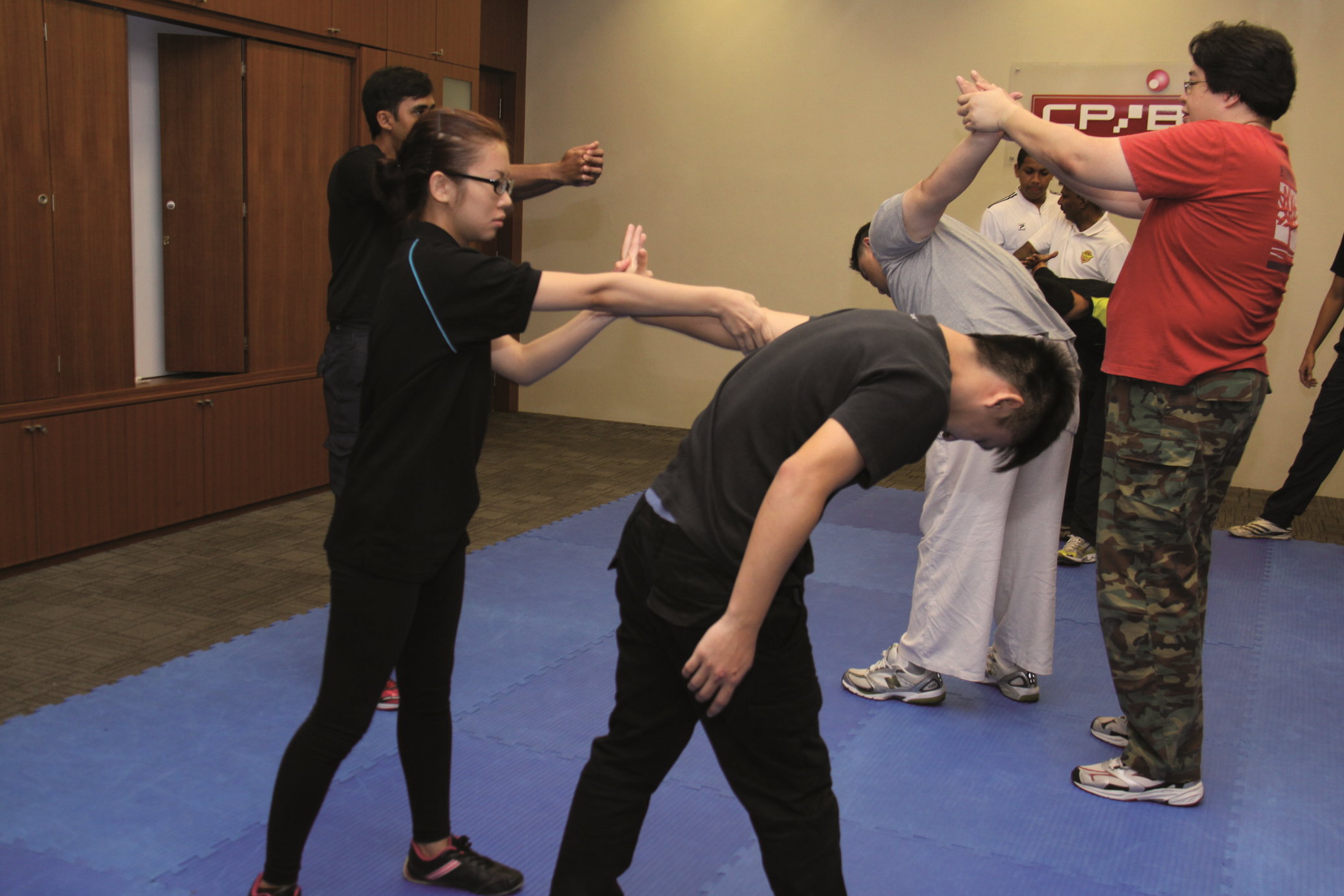
1997
The Corrupt Practices Investigation Assistant (CPIA) scheme was instituted in 1997 to replace the former scheme known as the Assistant Special Investigator (ASI) scheme. This marks one important leap in the progress of the Bureau. The Bureau has become self-sufficient in carrying out various field operations as the CPIAs are trained to perform specialised tasks such as helping to arrest and escort accused persons, and assisting in the seizure and examination of documents. In the past, new officers of the Bureau depended on the courses conducted by the Police Academy to train them on investigation skills, defence tactics and weapon usage. From 1997, the Bureau conducted its own basic training, customised to equip new officers with the basic survival skills to handle investigation of corruption offences.

1998
On 9 March 1998, the CPIB shifted to the former Keppel Primary School premises at Cantonment Road. The days at Cantonment Road saw the introduction of the Bureau’s first Heritage Centre which was christened modestly as the ‘CPIB Exhibition Room’.
2001 - 2010
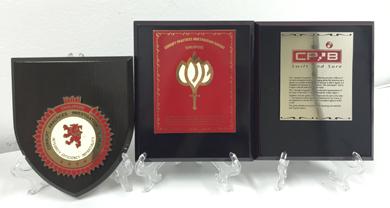
2002
The Bureau launched its current logo in 2002, the third revision since the inception of the Bureau. The new revised logo takes on a modernised design, featuring a cascade of squares as the letter ‘I’ in ‘CPIB’. The use of the square is symbolic of fairness and equality and represents the pervasive effects of CPIB’s anti-corruption action. A small globe, representing the dot on top of the letter ‘I’ within the typography stands for the Bureau’s vigilance and vision to be the world’s best anti-corruption agency.
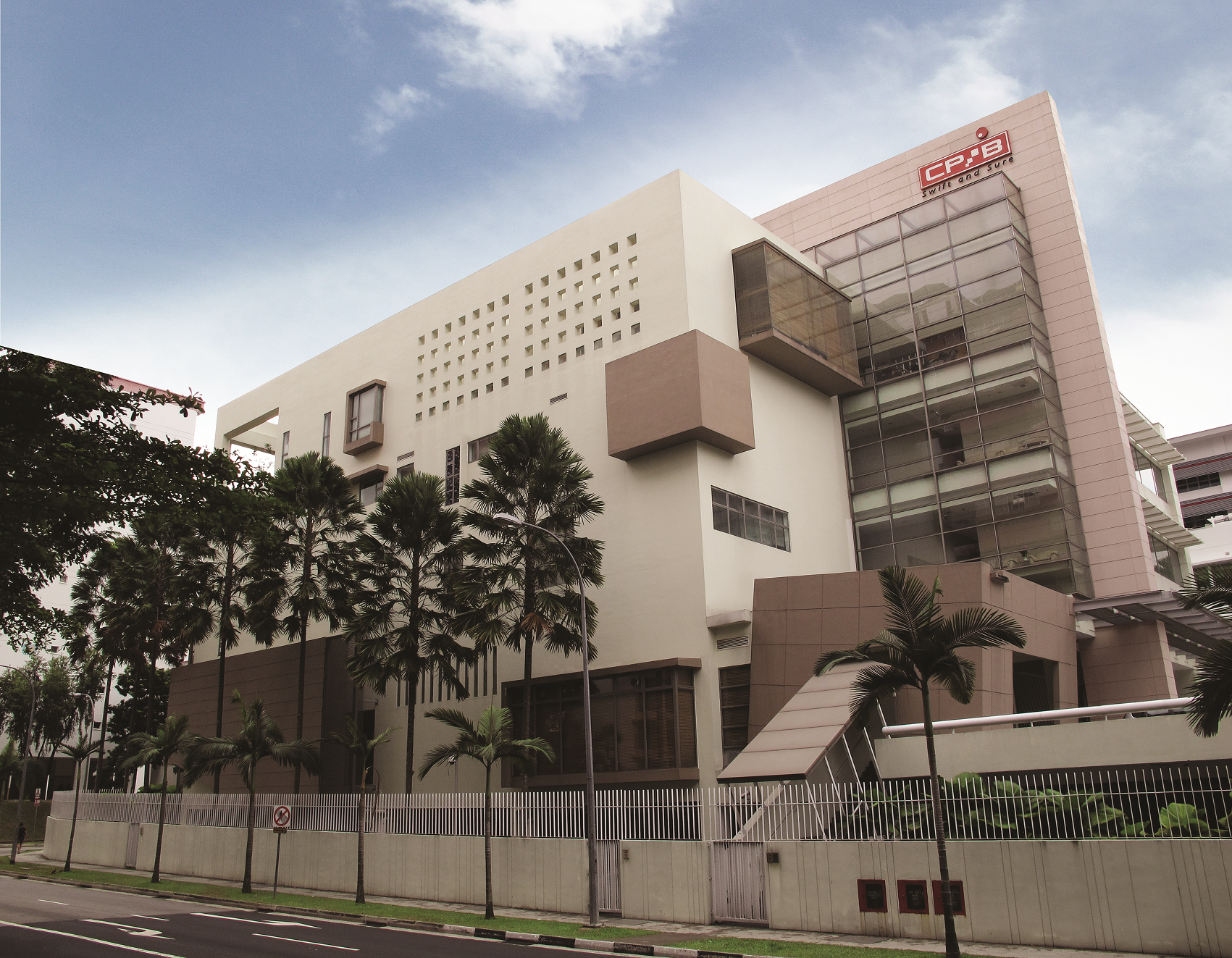
2004
In 2004, the Bureau shifted to its present premises at Lengkok Bahru. The new building housed an auditorium, a heritage centre and interview rooms among others. In the same year, the Bureau formed its Computer Forensics Unit to perform forensic examinations of computer-related evidence. The Bureau's flag was also commissioned to strengthen the Bureau's identity and cultivate a sense of pride and belonging.
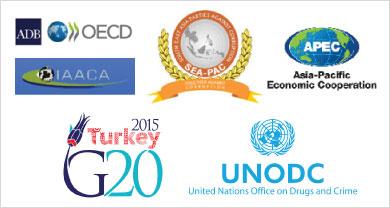
2005
In a globalised world where corruption can be transnational in nature, CPIB plays an active role in the international community’s fight against corruption. The Bureau is an active member of the international anti-corruption community and represents Singapore regularly at various international anti-corruption platforms. For instance, Singapore signed the United Nations Convention Against Corruption (UNCAC), which is an international legal instrument against corruption regarded as the universal standard for anti-corruption measures, on 11 November 2005 and ratified it on 6 November 2009. The Bureau also establishes networks and partnerships with various countries to facilitate cooperation amongst agencies in the anti-corruption arena.
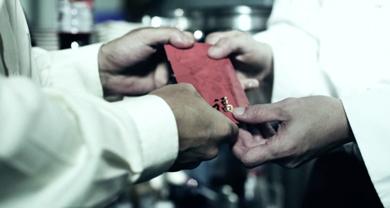
2009
The CPIB had investigated cases involving illegal ‘industry practices’ which were wrongly perceived to be acceptable norms. In the gourmet world, investigations revealed that renowned chefs accepted gratifications in return for using products from preferred suppliers. In another case, car workshops were found to have bribed vehicle inspectors to allow illegally modified vehicles to pass inspections. These cases have served as reminders to the public that such industry practices can be an offence and have fostered a more vigilant citizenry subsequently.
2011 - Present

2012
The CPIB held its 60th Anniversary Celebration at the Istana on 18 September 2012 to commemorate the founding of the Bureau. The event was graced by Guest-of-Honour Prime Minister Mr Lee Hsien Loong, along with the late Founding Prime Minister Mr Lee Kuan Yew, Emeritus Senior Minister Mr Goh Chok Tong and former Directors of the CPIB. As part of the Bureau’s 60th Anniversary efforts, CPIB’s coffee table book, titled The Journey - 60 Years of Fighting Corruption in Singapore was launched. The book captures many of the Bureau’s successes and milestones, as well as 18 note-worthy cases in its 60 years of graft-busting. Television viewers also gained an exclusive insight into the work of CPIB when a first-ever documentary on the Bureau Corruption Crackdown – Inside the CPIB was broadcast on national television.
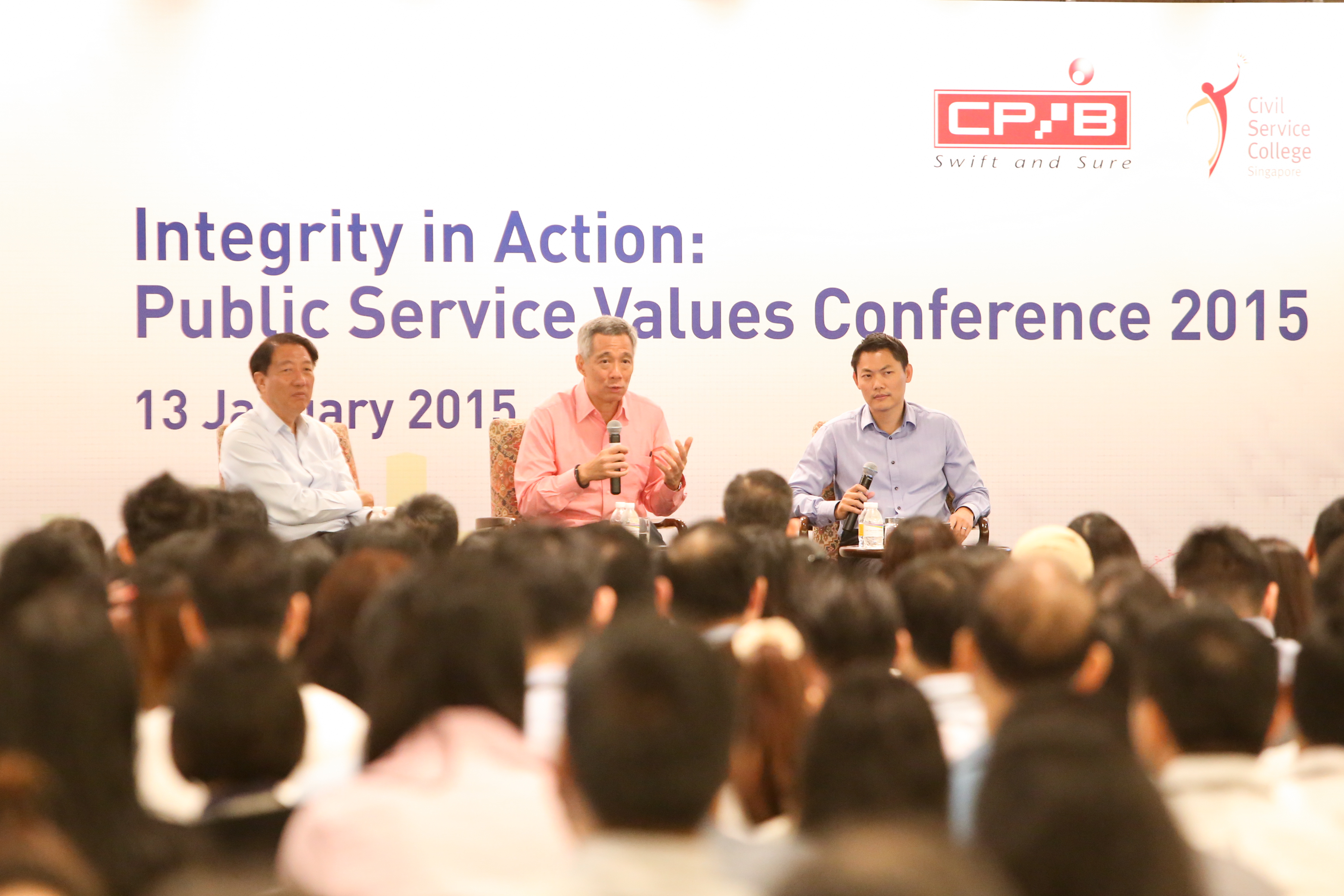
2015
On 9 January 2015, the CPIB organised its inaugural Commendation Ceremony to recognise individuals who had exemplified integrity and rejected bribes. The CPIB and the Civil Service College (CSC) also jointly organised the Integrity in Action Public Service Values Conference which was held on 13 January. More than 600 public officers from across the Public Service attended the half-day event which was graced by Guest-of-Honour, Prime Minister Mr Lee Hsien Loong. He emphasised the importance of maintaining zero tolerance towards corruption. That year, the CPIB released its inaugural corruption statistics report which showed that the number of complaints received by the CPIB and the cases registered for corruption were at its lowest in 30 years.

